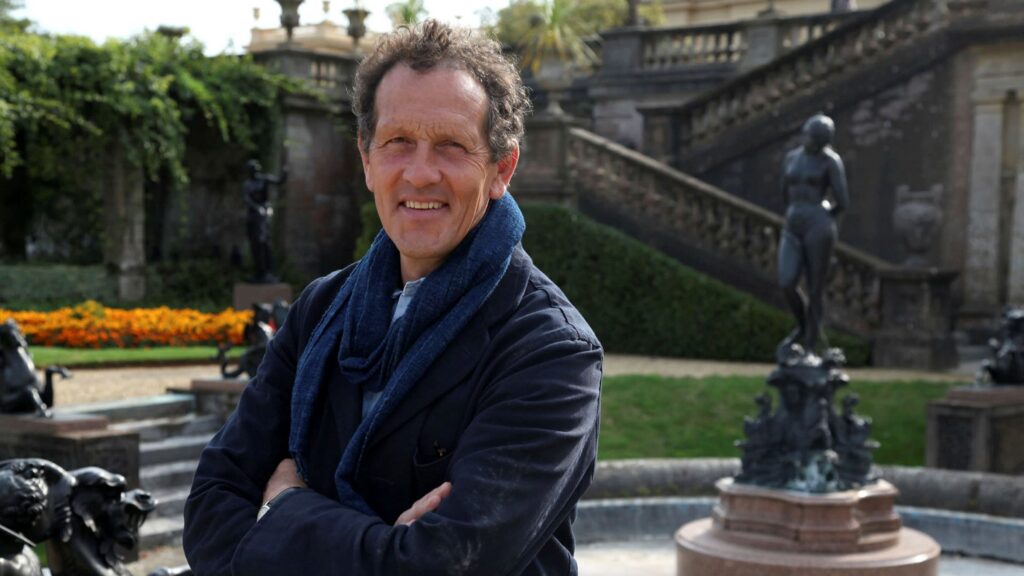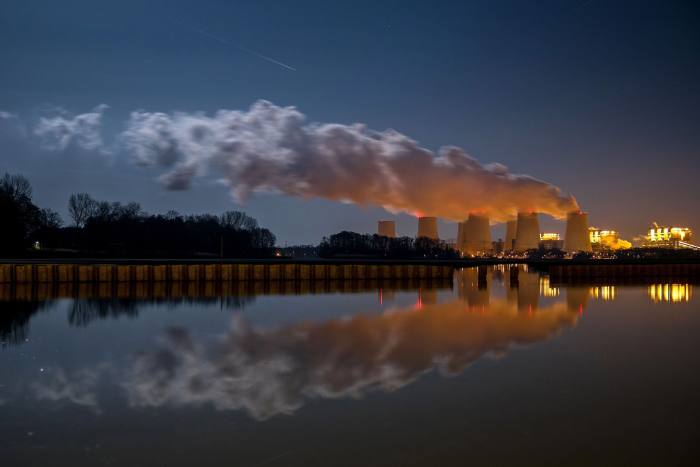UK peatlands need urgent attention, scientists warn

A lack of investment in and protection of the UK’s bogs and fens have allowed them to become major sources of carbon emissions, something the government must urgently address, a report by the British Ecological Society authored by more than 100 scientists warns.
Peatlands — wetland habitats that store carbon in waterlogged and partially decayed vegetation — act as huge and long term stores of carbon, but become sources of emissions if drained, set on fire or disturbed in other ways.
Much of the UK’s 2.6m hectares of peatlands are in a poor condition and could be emitting 23m tonnes of carbon equivalent each year — or about half the volume generated by the nation’s agricultural sector — the report estimates.
About 3bn tonnes of carbon are locked into the nation’s bogs and fens, which could be released if they are not protected, said Christian Dunn of Bangor University, lead author of the report’s peatlands chapter.
“If the UK is serious about cutting its carbon emissions it must get serious about its peatlands, it is as simple as that,” said Dunn. “We have to stop draining them immediately, and then begin restoring and managing them effectively.”
The sweeping report into nature-based solutions to climate change and biodiversity loss in the UK outlined a series of policy recommendations, including that the government incentivise the long-term financial support of projects, improve environmental governance regimes and develop a framework for assessing the benefits and trade-offs of different schemes.
Nature-based solutions must compliment, but not replace, drastic emissions cuts, the authors stressed.
Professor David Coomes, lead author of the woodlands chapter, said the volume of carbon absorbed by trees in the UK could eventually double, if the government made good on its commitment to plant 30,000 hectares annually by 2025 — though he added that the increase in sequestration would occur gradually in the years to 2050 and beyond.
Forests only cover around 13 per cent of UK land and absorb about 5 per cent of annual emissions.
Coomes said one challenge would be identifying where “in our crowded isle” to plant new trees. Using rough grazing land was an option but that would reduce the UK’s capacity for producing meat and dairy — which could result in an increase of imported food produced on deforested land abroad unless domestic consumption decreased.
The report also stressed that more must be done to incentivise private investment in nature based solutions.
“Clear markets beyond corporate social responsibility need to be identified,” it said. “Lack of evidence of financial return is a major barrier to private investors.”
Options could include paying landowners for establishing and managing woodlands, growing the markets for carbon offsets — which organisations can use to compensate for their emissions — and green tax incentives.
The researchers noted that governments would remain “key financial investors in natural assets”, and that public sector funding for research would be necessary to “provide assurance of independence from vested interests”.
Despite the growth of the carbon offsets market, the authors said more work was needed “before accurate economic values for carbon sequestration can be provided”. Carbon monitoring and calculations about the volume of CO2 absorbed by vegetation must be improved, they said.
This week, the UK’s Environment Agency, a government body, said researchers needed to “urgently collect more scientific evidence” about the carbon absorption abilities of different habitats.
Climate Capital

Where climate change meets business, markets and politics. Explore the FT’s coverage here